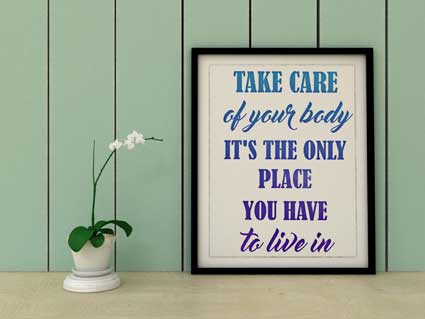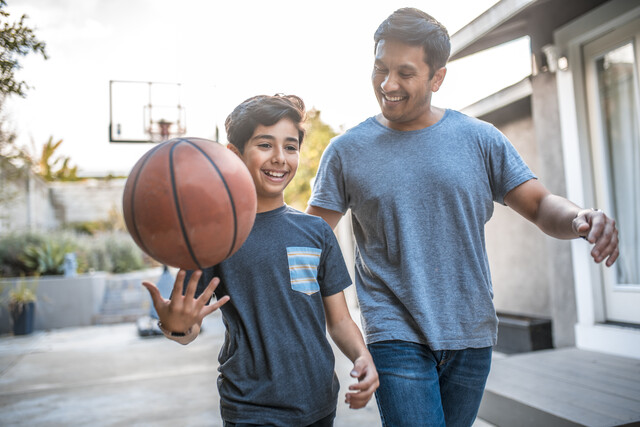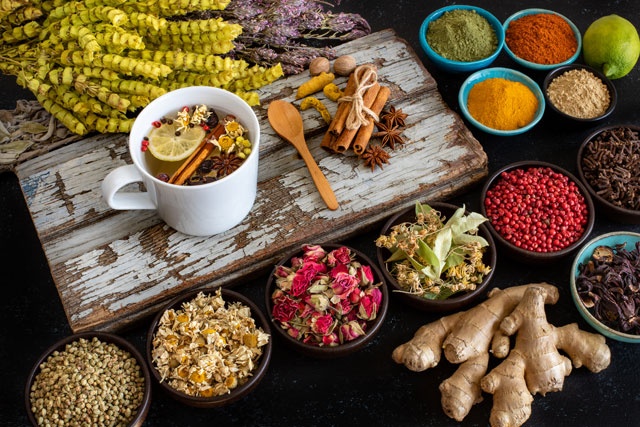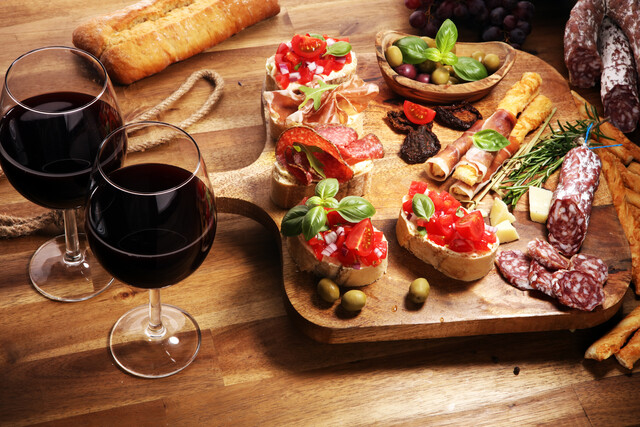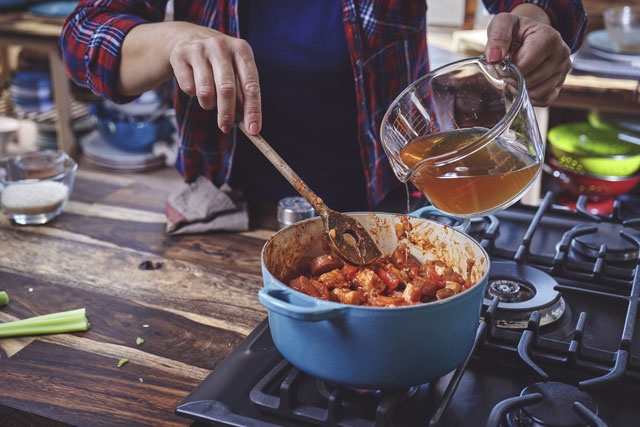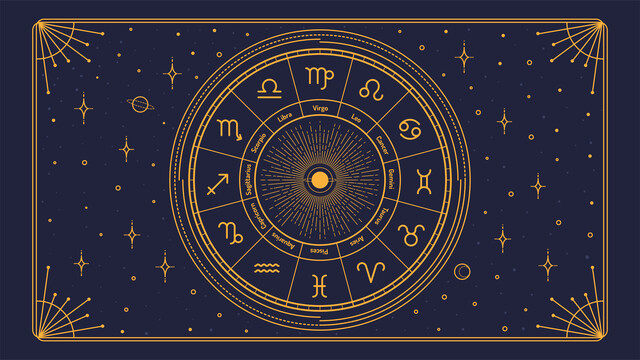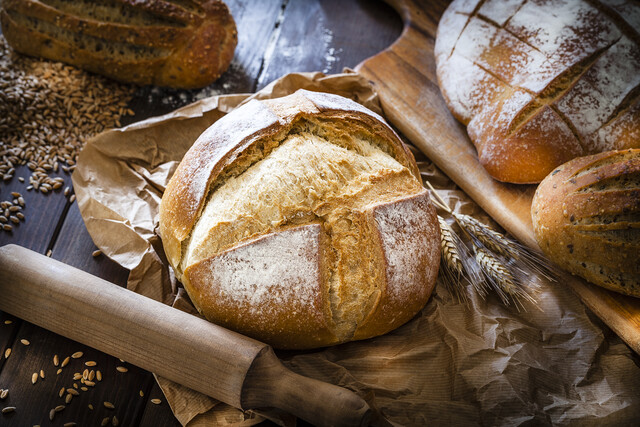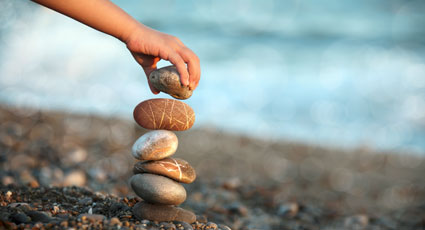Introduction
There is nothing quite so alarming as looking in a mirror one morning and realizing that the person that you thought you were and looked like does not resemble the person looking back to you. Regardless of age, we all have certain perceptions of ourselves. Sometimes, these perceptions may defy gravity and time, but more often than not, we see our life experiences, emotions, and physical limitations in our reflections.
Our introduction into this anti-aging techniques article will hopefully help put those lines, wrinkles, and skin imperfections in perspective. We will help to explain the connection between mind, body, and spirit when it comes to antiaging techniques and potential treatments. Regardless of our gender, our heritage, and our cultural differences, we human beings are all in the same boat in that we are not immortal. Regardless of how we attempt it, most of us, sooner or later, slam on the brakes and realize that our skin, muscles, and organs may not be defying the aging process as well as our minds do.
So let's explore the benefits of exercise, maintaining healthy balances in our lives, and maintaining the proper attitude when it comes to seeking that elusive fountain of youth that we all look for sooner or later. We will also delve into ancient myths about aging as well as antiaging remedies that have been utilized by various cultures around the world since the beginning of time.
We'll cover hormones, vitamins and minerals, and the importance of nutrition. We'll talk about what we should and shouldn't do when it comes to maintaining that youthful and vigorous appearance that we all strive for, and most of all, we'll expose the myths and reveal the truth about the aging process that we all must experience, ready, willing or not.
Young men and women enjoy new skin cell growth roughly every two to three weeks. Unfortunately, by the time you hit your mid-30s, the cell regeneration and turnover process slows to about once a month. If you're alarmed by that, wait until you're around 70 years old, when cell regeneration rates can take up to several months! What to do about this? While there is not much we can do to completely halt the aging process, there are ways in which we can help slow down such damage, especially that caused by outside factors.
|
We're not saying you should never venture out into the sunshine, far from it. Our skin needs the natural Vitamin D provided by sunlight not only for our body's health, but our mental and emotional health as well.
However, intense or over-exposure to ultraviolet rays (UV) causes damage in our skin, or epidermal , cells that often results in mutations that cause cancer. Melanoma and other types of skin cancers are on the increase, though public awareness and education are hoping to reduce the numbers of both young and older people diagnosed with malignant and benign forms of skin cancer.
Ultraviolet radiation caused by extensive amounts of time in the sun, which also speeds the rate at which collagen is broken down in the skin. Collagen is that substance that gives our skin depth. The chance of becoming wrinkled increases through over-exposure to ultraviolet radiation too, because it increases amounts of abnormal elastin in the skin.
Last but not least in major factors that contribute to wrinkling and lines is cigarette smoking. What do all healthy cells and tissues need to thrive? That's right, oxygen. Cigarette smoking decreases the amount of oxygen that becomes available to facial tissues, not only because of its chemical ingredients, but because those components also help to constrict blood vessels.
Because our skin is our first line of defense against a multitude of environmental factors, including weather, illness, disease and injury, it stands to reason that we should all take the best care of our skin by protecting it, exercising it, and keeping it hydrated. While we may not notice the damage we are doing to our skin when were younger, or even care, the effects of that damage become increasingly evident as we hit our 30s and 40s.
Our skin weighs an average of about 10 pounds for average weight people and contains up to 70% water. The skin is made up of three different layers: the upper dermis, the dermis, and the subcutaneous layer. The epidermis is the uppermost layer of the skin and provides our first line of defense against our environments. New skin cells are constantly being formed: an average of every three weeks for younger people, once a month for middle-aged people, and once every several months for older people. We're not just talking about a few dead skin cells here, but tens of thousands at a time.
The middle layer of the skin is called the dermis . This layer is the thickest and serves to regulate body temperature and supply the outer layer of skin with blood and nutrients. Oil glands are contained in this layer, as are two very valuable proteins: collagen and elastin.
Collagen makes up between 75 and 80% of the skin and gives the skin its durability and strength. It is one of the strongest proteins found in the body. Elastin is another protein. As you may probably be able to tell by its name, elastin gives the skin the ability to stretch out and then return to its normal positioning and shape when released.
The subcutaneous layer of skin is made up mostly of fat and connective tissues, where energy is stored. The subcutaneous layers also protect deeper tissues and organs in the body as well as to act as insulators for heat. Sweat glands are found in this layer of skin.
Many people forget that the muscles in the body provide structure and support and as such should be exercised and maintained in order to provide not only good posture, but a great appearance as well. Neck and facial muscles are just as important as your biceps and abs, though many people neglect to exercise these vital areas, which may lead to advance-aging appearances.
Move it or Lose it!
Introduction
Benefits of Exercise
Of course, many individuals enjoy vigorous exercise and lift weights, join marathons and judo competitions, but other forms of exercise are just as beneficial to maintaining tone, mobility, strength, and a body that is ready, willing, and able to do what you want it to well into your 50s, 60s, 70s, and 80s.
Exercise is generally divided into two different categories: aerobic and non-aerobic. Or think of it this way: high-impact and low impact. Exercises may also be isometric, meaning that a person doesn't need to move at all during a particular exercise, or it may be aquatic, those that are performed in a swimming pool, which places no stress or pressure on joints.
Studies have shown that men and women who exercise regularly not only look younger, but also are generally healthier and have more positive mental outlooks and attitudes. While a procedure like dermabrasion or skin resurfacing might help to eradicate fine lines that have accumulated around your mouth or eyes, regular exercise combined with adequate hydration will serve many individuals just as well.
In addition, exercise has the added benefits of increasing cardiac health, preventing heart disease, hypertension, and many other conditions such as diabetes, depression and, of course, obesity. Studies have shown that exercise shows one of its greatest benefits at a level we can't even see - the cellular level.
Every person has chromosomes. On the very tip of these chromosomes is a little cap that is called a telomere . Studies have shown that these telomeres grow shorter as we grow older. However, those same studies have also shown that regular exercise helps to maintain the length of these telomeres, which helps to keep us younger, both in body and in appearance. Many medical researchers believe that telomeres perform something like age markers and through exercise, individuals may be able to influence their size (longer or original size for youthfulness, and shorter as aging progresses).
Exercise also provides benefits by increasing energy and reducing the effects of stress on the body. Not only does exercise change the shape and definition of an individual's body, but it enhances quality sleep and allows us to eat what we would like to, thereby reducing the necessity of engaging in chronic cycles of yo-yo dieting to maintain weight.
Because exercise also increases blood flow and circulation, facial features and muscles benefit from enhanced oxygenation and better skin color (and less sagging). In addition, organs and tissues also receive the benefit of oxygen and nutrient flow that helps to enhance immunity against illnesses and diseases.
Exercise helps maintain and strengthen core muscles that control the abdomen and trunk area. These muscle groups maintain stability and proper posture and balance that may provide protective resistance against conditions such as arthritis, osteoporosis, and other bone and muscle joint diseases and conditions.
To end with any discussion about the benefits of exercise, one must not forget to mention the release of endorphins , hormones that help to combat stress and give people that "feel good" sensation that is generated from exercise. The effects of accumulative stress leads to skin problems as well as high blood pressure, hypertension, digestive issues, and depression. Studies have shown that individuals who regularly engage in aerobic or non-aerobic exercise three to five times a week has shown a drastic improvement in stress-related conditions through such activities.
While any exercise provides benefits to men and women of all ages, some may be more beneficial for certain needs than others. Researchers have discovered that individuals who engage in regular exercise may live up to nine (yes, nine!) years longer than their non-exercising counterparts.
Today, many of us are plagued with high cholesterol, and, due to our fast food mentality, we are overweight. Such conditions leave us prime targets for risks of diabetes and heart disease. However, one of the best ways for any individual to combat such risks is through a simple, low aerobic activity known as walking. Add a healthy diet to the mix, and not only will we eradicate many of our medical problems and conditions, we will also add to our life expectancy.
Exercise can be fun, and we need to engage in moderate to high levels of exercise at least three hours a week to maintain health. For those wishing to lose weight or increase muscle tone and strength, three to five hours a week is suggested. The weekly routine of any type of exercise will help to build strength and endurance, so when designing an exercise program, it's important to take into consideration your health, overall physical condition, and your ultimate goals.
To keep things simple, let's define some of the most common exercises and exercise routines that are common to both aerobic as well as non-aerobic activities. Remember that aerobic activities are those that get the heart pumping and increase our breathing rate, which makes them excellent for cardio health, lung stamina and strength. Aerobic activities also burn more calories in a shorter amount of time.
The same benefits may be enjoyed from non-aerobic activities, although the length of time to reach certain goals may be a little longer. Low impact aerobic activities are great for individuals who have joint issues or those who merely wish to tone and strengthen their muscles and gradually build strength and endurance.
Aerobic or high impact activities include but are not limited to:
|
� Running � Jogging � Kickboxing � Step routines � Moderate to high intensity aerobic classes � Jump roping � Boxing � Martial arts such as Tae kwon do, Judo, and Karate |
Non-aerobic or low impact activities include but are not limited to:
|
� Pilates � Yoga � Tai chi � Stretching � Weight lifting � Rowing � Walking |
Maintaining Strength, Stamina and Endurance
The importance of maintaining muscle tone and strength, and increasing stamina and endurance cannot be underestimated. Lung capacity, cardiac strength, and muscle tone and development are essential for optimal health and longevity. As we grow older, we must place more efforts into staying in shape, which benefits the heart, bones, muscles, organs and tissues in our bodies.
The "use it or lose it" mantra is very true. Lack of exercise and use leads to muscle weakening, known as atrophy . The good news is that it is possible to rebuild muscle mass, tone, and strength through exercise, no matter what age or physical condition a person may be in.
The human body contains 640 different muscles. These muscles: skeletal, smooth muscle, and heart muscle, all provide certain functions in our bodies. Strength training is a low impact non-aerobic exercise that is utilized through the use of free weights or weight machines, that helps maintain muscle strength, toning, flexibility and elasticity.
You don't have to make like Arnold Schwarzenegger or run 26-mile marathons to be strong, supple, and healthy. Take a look at Tai chi. Tai chi has been practiced for 5,000 years, and helps to build and maintain strength and stamina as well as balance and flexibility. Tai chi is also a great exercise to help reduce stress and promote concentration.
Pilates combines the benefits of gymnastics, yoga, dance, and even boxing moves to tone muscles, strengthen core muscles found in the abdomen, and improve flexibility and balance and tone muscles. Yoga will increase strength, and improve flexibility and endurance nearly as much as weightlifting exercises.
Those heading into their 30s and 40s and beyond should be aware that weight-bearing exercises are essential for reducing the likelihood of osteoporosis and other joint conditions. This doesn't mean you have to dead-lift 250 pounds, but do try to incorporate 2, 3 and 5 pound weights into your exercise routines at least twice a week.
Many people wrinkle their nose at the word "exercise". However, there are so many different types of high and low impact exercises that it is not difficult to find something that every individual likes. Start slowly and gradually increase to higher levels of activities that will help keep muscles young and supple well into your senior years through a little bit of effort and dedication.



